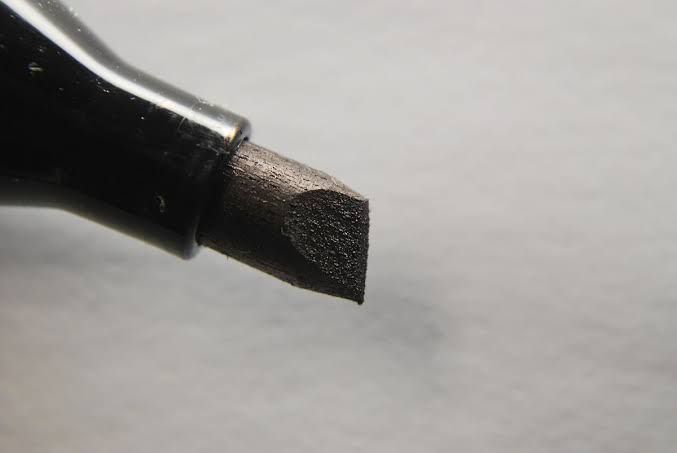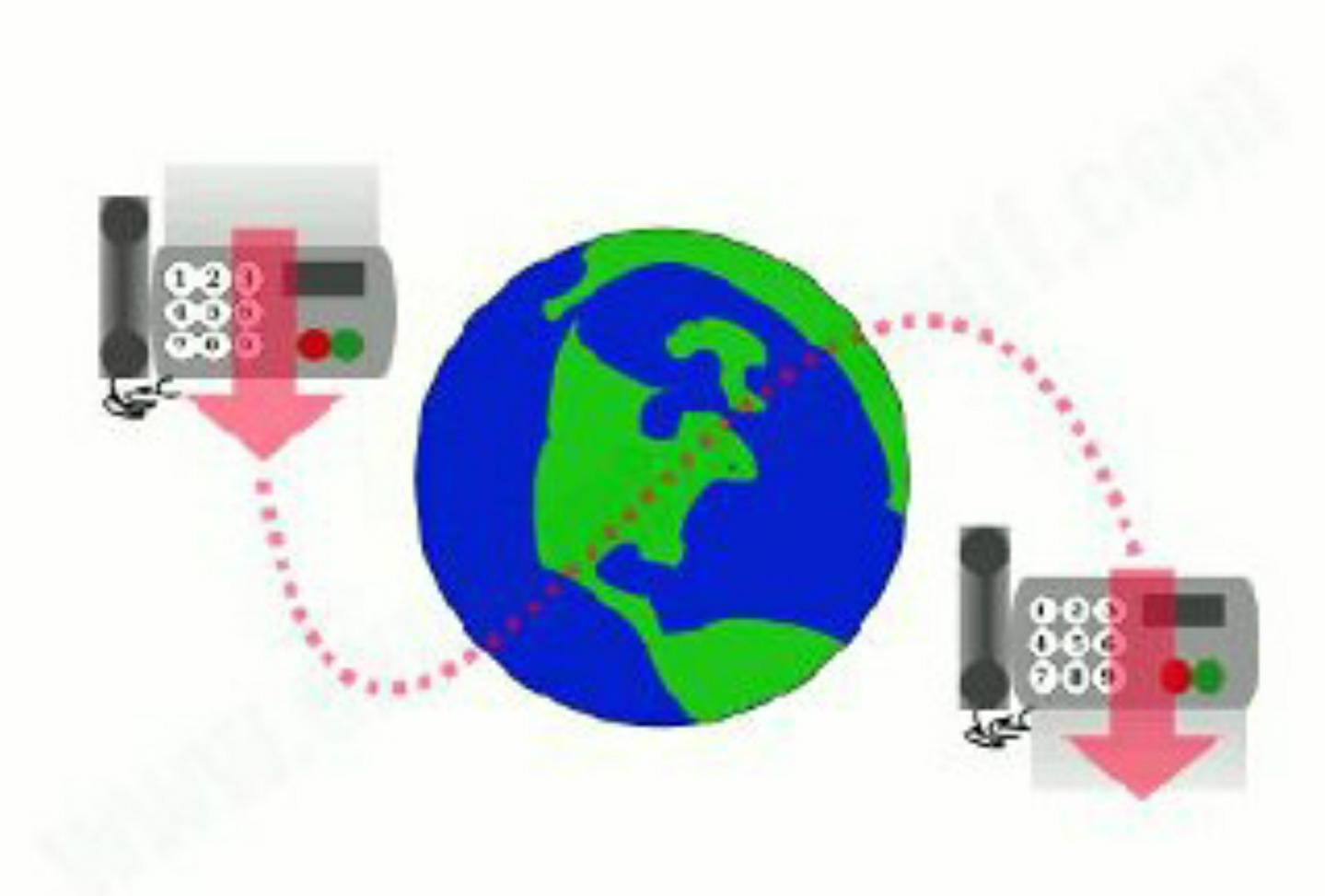
Perpetual, launderable, and dry eradicate markers all have similar physical properties. The parts of a pen are the marker body, top, tip, store that holds the ink and the ink itself. The collection and top are produced using plastic pitch, and the repository that assimilates and contains the ink is created using polyester. The tip that is utilized to compose is most generally manufactured using felt in the entirety of the markers. The felt is generated using a powder and water blend.
Synthetic:
The four base fixings in the production of ink are water, added substances, dissolvable, and additives. The dissolvable varies in each sort of marker while different fixings stay steady. Indelible markers use toluene and xylene in their dissolvable, which give the pens their capacity to leave enduring imprints. Launderable pens use alcohols, for example, 1-propanol, 1-butanol, diacetone liquor, and cresols in their dissolvable. Dry delete markers utilize a similar dissolvable as indelible markers yet include an alternate polymer.
The distinction between a perpetual and a dry eradicate marker is little. A dry-eradicate tag is a permanent marker on any porous surface, similar to paper. Smooth surfaces, for example, glass and whiteboards, cause the pen to be handily “deleted.” The distinction lies in which polymer is utilized in ink. Most permanent markers use acrylic polymers, while dry-eradicate pens utilize a sleek silicone polymer.
Toluene and xylene are not utilized as solvents in launderable markers because of their dangerous and destructive nature; however, indelible markers, despite everything, use synthetic substances to make their non-removable ink. Launderable pens presently utilize more secure synthetics for solvents, for example, cyclic alkylene carbonates.













